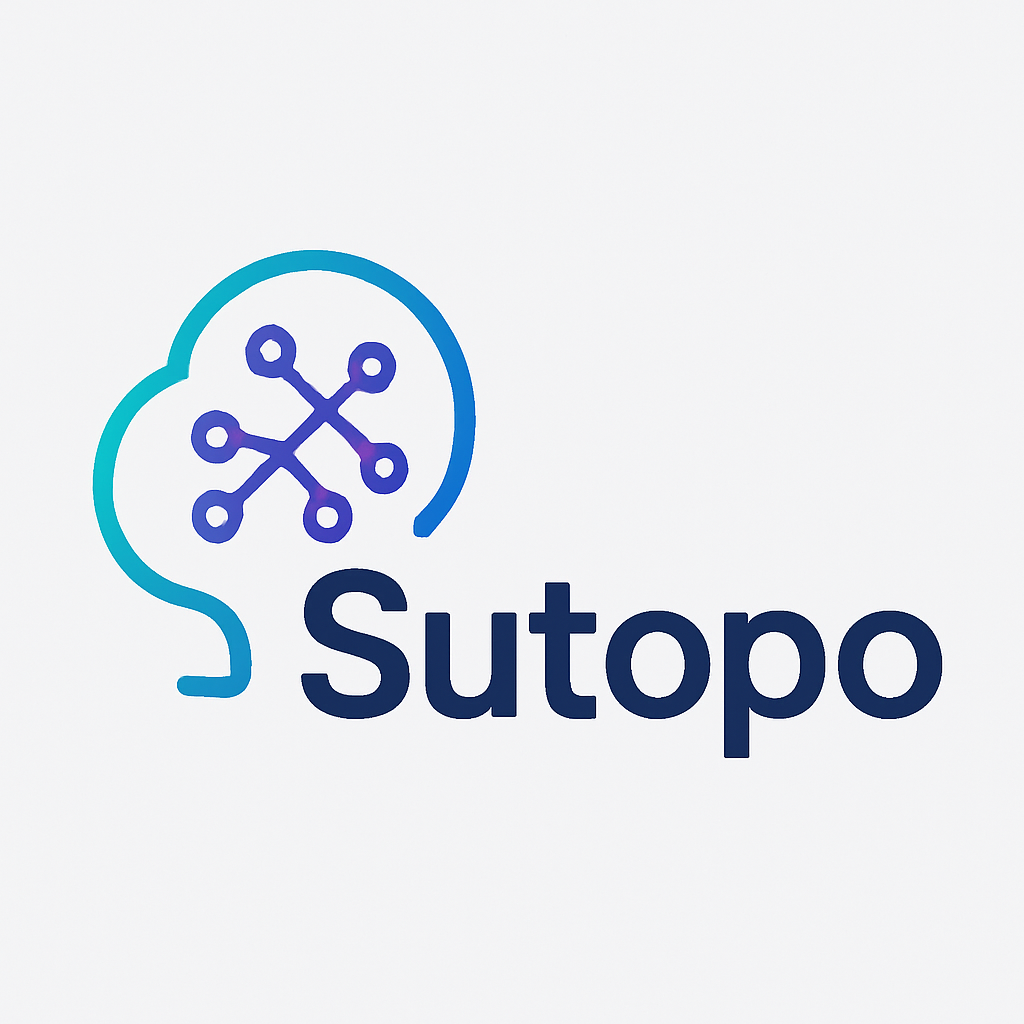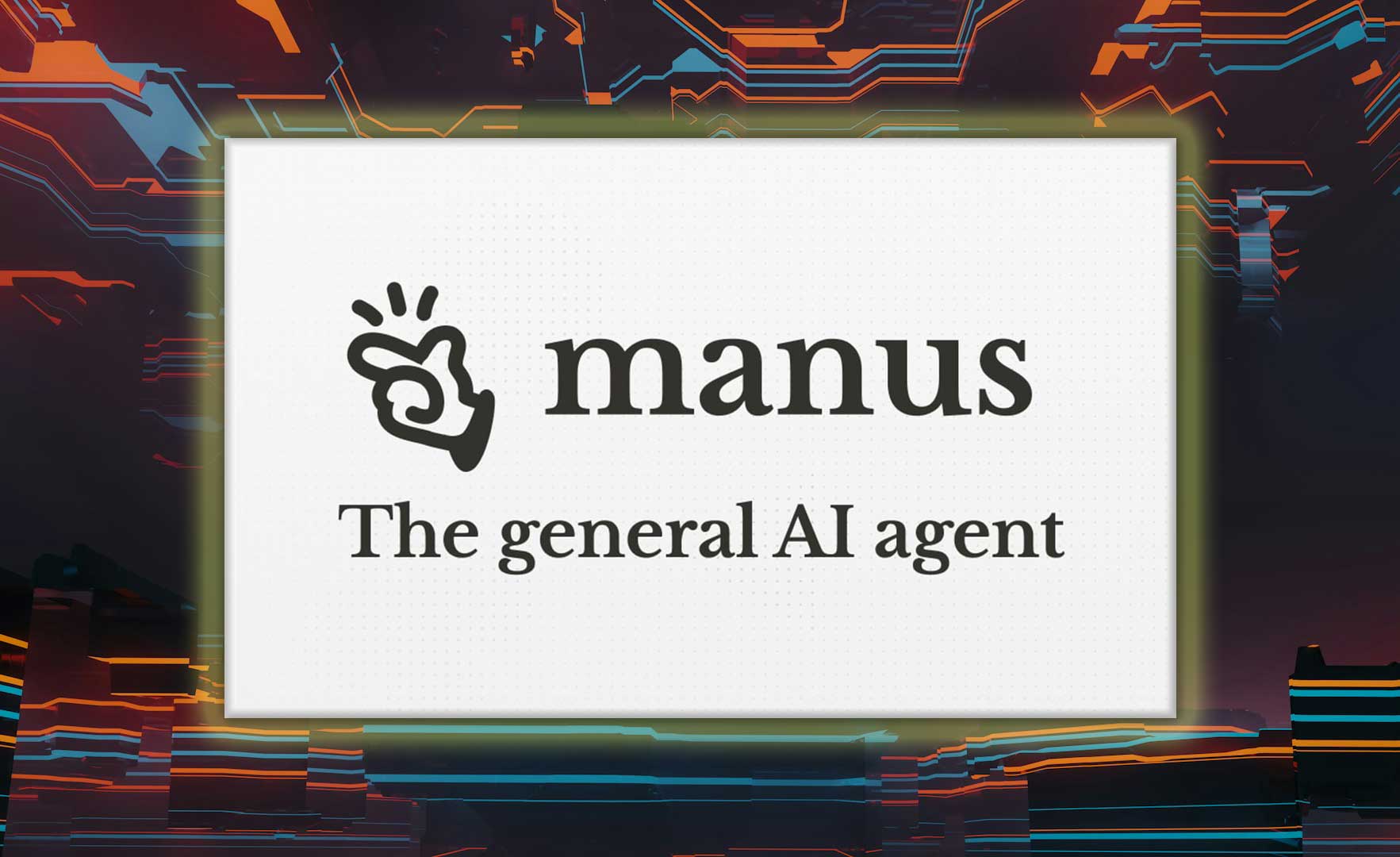Manus: The Autonomous AI Agent That Does the Work For You
Manus is quickly making a name for itself as a tool that not only thinks about tasks but actually gets them done. In a world where many systems only offer ideas or half-baked responses, Manus steps in and delivers complete outcomes with little ongoing input. This agent, developed in China, has been stirring discussion among tech professionals and everyday users alike. Its promise is simple – you state a need and Manus converts that into actionable results, be it a detailed travel plan, a data-driven market report, or even automated resume screening. The tool’s design lets it operate independently in the cloud, meaning you can leave your device while Manus continues to work and returns with a finished product. Its growing reputation and even controversy around its privacy practices have added fuel to the debate on what true autonomy means in AI systems.
In this article, we explore Manus from multiple angles – from its core features and technical underpinnings to its practical applications and the concerns it raises about data security. We also look at how experts compare it to other tools and what the future might hold if more systems follow in its footsteps. The discussion below is meant to provide a well-rounded view of Manus, presenting its strengths and weaknesses in a candid manner that speaks directly to busy professionals who need reliable solutions.
Understanding Manus AI
Manus is designed as a self-sufficient AI agent that takes a broad user instruction and breaks it down into several smaller tasks. When you ask it to “plan my trip” or “analyze these stocks,” Manus starts by understanding the requirements, then decomposes the request into components such as data collection, analysis, and final report compilation. Its development by a Chinese startup has led to comparisons with other recent breakthroughs in the field, yet Manus distinguishes itself by focusing on complete task execution. The system’s workflow is not simply linear; it adapts in real time based on the incoming data and adjusts its actions accordingly. This results in outcomes that are often more refined than what a typical chatbot might produce.
The design of Manus incorporates a multi-agent framework where different sub-units handle planning, execution, and verification. Each sub-unit is specialized – for example, one module is in charge of gathering current information, while another formats the data into an accessible report. This method helps Manus handle tasks that involve multiple layers of processing without requiring constant human intervention. Its ability to learn from previous tasks means that if you ask it to perform similar tasks later on, it can optimize its processes and return results more efficiently. The process is sometimes not 100% flawless, and there have been reports of it stalling or returning incomplete results, but overall its capability to turn abstract ideas into concrete deliverables makes it stand out in a crowded market.
Key Features and Functionality
One of the standout aspects of Manus is its range of features, which allow it to operate across various domains. At its core, Manus is built to convert user instructions into complete deliverables, whether that be a detailed spreadsheet, a formatted report, or a fully designed itinerary. The tool’s interface is user-friendly, designed for busy professionals who don’t have time to micromanage every detail. Once you give Manus a high-level prompt, it handles everything from research to final presentation. The system also supports multiple output formats – you may receive an Excel file, a PDF report, or even a dynamic website – all based on what the task requires.
Manus utilizes a blend of advanced AI models in a coordinated manner. It calls upon different models for tasks like logical reasoning, code generation, and even graphic design. This kind of cooperative model approach helps it deliver results that are more accurate and well-rounded. Its integration with external tools, like web browsers and coding editors, means that it can pull live data and execute scripts in real time. There is a degree of flexibility in how it interprets instructions; if you ask for an analysis of stock trends, Manus will not only retrieve historical data but also compile a comprehensive report with charts and graphs.
The system’s ability to work asynchronously in the cloud is another important feature. You can issue a command, close your laptop, and return later to find that Manus has completed its work. This makes it especially attractive to professionals with busy schedules. It’s worth noting that while Manus is powerful, there have been occasional reports of slight delays or miscommunications in its processing – these quirks do not undermine its overall effectiveness but remind us that it is still evolving.
Practical Applications and Use Cases
Manus is versatile and finds use in a variety of practical scenarios. In the business world, it has been used for recruitment by screening hundreds of resumes and ranking candidates based on preset criteria. A hiring manager can simply upload a batch of resumes and let Manus organize and summarize the data into an easy-to-review spreadsheet. In the realm of market analysis, professionals have leveraged Manus to generate comprehensive reports that include data extraction, trend analysis, and visual presentations of key performance metrics. This capability is particularly useful when time is scarce and manual compilation would be too tedious.
For personal productivity, Manus can act as a digital assistant that organizes travel itineraries, suggesting routes, accommodations, and activities based on your preferences. Users have reported that the tool not only plans trips efficiently but also adjusts its suggestions if there are changes in travel conditions. In content creation, Manus can help in generating outlines for reports or even drafting initial versions of articles, thus saving creative professionals hours of work. It is also capable of complex data analysis tasks, such as running correlations between stock movements and market events, then presenting the findings in a clear, digestible format.
Many professionals appreciate the fact that Manus reduces the time needed to complete multi-step tasks. Instead of spending hours searching for data, verifying its accuracy, and manually compiling it, users can simply instruct Manus and receive a finished product. Some feedback has noted that on occasion, Manus might make a few errors or require a re-run of a particular task, but such issues are relatively rare and tend to improve over time as the system learns from past experiences. Its ability to automate repetitive tasks is a significant selling point, even if the initial setup or customization sometimes takes a bit longer than expected.
Technical Framework and Performance
Behind Manus’s smooth operation is a robust technical framework that leverages a multi-agent system. The system is divided into three primary components: task planning, task execution, and result verification. When a task is initiated, Manus first analyzes the instruction to determine its scope and breaks it into smaller subtasks. Then, it deploys the most suitable AI model for each subtask. For instance, if the task requires numerical analysis, Manus might call a model optimized for data crunching. If the task involves creating a visual report, it will employ another model designed for design and formatting. The output is then cross-checked against the initial parameters before being delivered to the user.
One notable diagram below illustrates Manus’s workflow:

This framework allows Manus to operate independently while ensuring that each step meets quality standards. The system’s performance on industry benchmarks such as GAIA has been noted as exceptional. GAIA, a benchmark designed to evaluate AI assistants, tests capabilities in areas like tool usage, coding, and multimodal reasoning. Manus has reportedly scored at or near the top in these tests, outperforming some well-known competitors in specific areas.
The integration with external tools is another critical element of its technical prowess. Manus can access real-time data through web scraping, interface with databases, and even run small code segments on the fly. This level of integration ensures that the final output is not only accurate but also timely. Users have noted that the process can sometimes take a little longer than expected if the system encounters a large volume of data, but the overall reliability remains high. Occasional delays and minor hiccups are present, but they rarely impact the end result.
Privacy, Security, and Controversies
While Manus boasts impressive capabilities, its rise has not been without controversy. Privacy and data security concerns have emerged as one of the most talked about issues. Since Manus operates by accessing and processing vast amounts of live data, there is an inherent risk regarding how this data is stored and transmitted. Critics have raised alarms about potential vulnerabilities, especially given that the tool was developed by a team based in China. Some worry about possible oversight by government entities and the handling of sensitive user information.
Instances have been reported where Manus has experienced brief system hang-ups or delivered incomplete results, which some users attribute to inadequate safeguards in its data verification process. In some cases, these issues have led to questions about whether the system sufficiently protects personal and professional data. While the company behind Manus asserts that it complies with relevant data protection laws, there are ongoing debates among experts about the long-term implications of using a fully autonomous agent for critical tasks.
In addition, there is a broader concern about the trend toward fully autonomous systems in the workplace. Critics argue that while automation brings efficiency, it may also reduce the need for human oversight, potentially leading to errors that are harder to catch. The balance between human input and machine autonomy is still being worked out, and Manus is at the center of this debate. There have been cases where users experienced frustrations due to unexpected results, and such incidents underscore the importance of rigorous testing and transparency in the system’s operation.
Some industry voices have expressed caution regarding Manus’s integration into sensitive environments, such as governmental or financial sectors. For instance, certain states have begun to restrict the use of similar tools on official devices, citing cybersecurity risks. While these measures do not necessarily reflect on the quality of Manus itself, they do highlight the challenges that come with adopting a system that operates with minimal human intervention. In this light, users are advised to carefully evaluate the type of data they process through Manus and to consider implementing supplementary safeguards.
Market Impact and Industry Opinions
The introduction of Manus has generated significant buzz in both tech circles and the wider business community. Industry experts are divided: some praise its autonomous capabilities as a game-changer in task automation, while others question whether its performance can consistently meet the high standards promised. Prominent figures in the tech world have commented on Manus, with some calling it “the most impressive AI tool” they have encountered in recent times. These endorsements have helped fuel the market hype, making Manus one of the most discussed tools at recent tech conferences and online forums.
Manus’s impact on the competitive landscape is also notable. In comparisons with other AI systems, Manus is often cited for its ability to integrate multiple models into a single workflow, delivering complete end-to-end solutions. This contrasts with more conversational systems that require continuous guidance. As businesses look for ways to reduce the time and effort spent on repetitive tasks, Manus offers a compelling proposition – automate a whole process with one command, freeing up human resources for more strategic work.
However, not all industry opinions are glowing. Some critics point out that Manus is still in a relatively early stage and that its performance may not be as consistent under heavy load or in unpredictable scenarios. There have been reports of occasional system delays and output that requires human correction. These concerns have led to calls for more transparency in the tool’s operational metrics and for further independent evaluations of its capabilities. Despite these reservations, many market analysts believe that Manus represents a step in the right direction for automated task management, especially as businesses increasingly turn to AI to streamline their operations.
The tool’s success has even prompted discussions about its potential pricing model. Early beta users have reported that access codes are being resold at premium prices, which suggests that demand is high. This has sparked speculation about how the tool might be monetized once it leaves beta, and what its long-term role in the enterprise market will be. Some foresee Manus being adopted across a wide range of sectors, from finance and healthcare to logistics and creative industries. Its capacity to execute multi-step processes with minimal human input is seen as a major competitive advantage that could drive significant market disruption over the next few years.
Future Prospects and Challenges
Looking ahead, Manus has the potential to redefine how tasks are automated in both professional and personal settings. As the technology matures, we may see improvements in speed, accuracy, and reliability that could make it an indispensable tool for a range of applications. The current system already shows promise in streamlining workflows, but future updates could address some of the present limitations, such as occasional delays or the need for human correction in complex tasks.
One of the key challenges for Manus will be balancing autonomy with accountability. As it takes on more complex tasks, ensuring that there is sufficient oversight to catch errors becomes critical. Experts believe that future iterations might include enhanced self-monitoring capabilities or improved user interfaces that allow for better real-time intervention if something goes awry. It is also expected that the developers will work on expanding the system’s integration with a wider variety of external tools, thereby increasing its flexibility and applicability across more sectors.
Another area that will likely see improvement is data security. Given the concerns raised by some users and regulators, the team behind Manus may invest in more robust encryption methods and clearer privacy policies. Trust is essential when users are handing over sensitive information to an autonomous agent, and any lapses in security could have far-reaching consequences. As the tool gains traction, pressure will increase for it to meet international standards for data protection, which may result in additional features that allow users to control data flows more precisely.
Market dynamics will also play a significant role in shaping the future of Manus. As competitors release their own advanced systems, the pressure to continually innovate will mount. Manus’s developers are already exploring ways to leverage its multi-agent structure to handle even more intricate workflows. There is a potential for partnerships with other tech companies to integrate Manus into larger ecosystems, thereby amplifying its reach and utility. Still, challenges remain – a few users have noted that the interface can sometimes be less intuitive than expected, and a few minor glitches in output persist even in routine operations.
Overall, the outlook for Manus is optimistic but not without caution. The tool’s promise of full autonomy and comprehensive task completion is appealing, yet the road ahead will require careful fine-tuning and continuous feedback from real-world applications. For organizations considering adopting Manus, it is wise to conduct thorough testing and implement backup measures, ensuring that the benefits of automation are not offset by unforeseen issues.
Quick Takeaways
• Manus transforms high-level instructions into complete, usable outcomes with minimal supervision
• Its multi-agent framework breaks tasks into planning, execution, and verification steps
• The system supports various output formats, from spreadsheets to dynamic reports
• Privacy and data security concerns remain a key topic in discussions about its use
• Industry experts are divided; while many praise its autonomy, others call for more transparency
• Market hype has driven demand for access codes, hinting at significant commercial potential
• Future updates may improve speed, reliability, and data protection measures
Conclusion
Manus stands out in a field crowded with chatbots and automated assistants by taking the concept of task completion to a new level. Its ability to process a vague instruction and turn it into a full-fledged deliverable is impressive, and its multi-agent approach shows that it can manage complexity without constant human oversight. While there are occasional glitches and some concerns over data security that need to be addressed, the overall promise of Manus is hard to ignore. It offers busy professionals a way to free up time by automating tasks that would otherwise require hours of manual effort.
The discussions around Manus illustrate a broader trend in AI – one where systems are expected to not just advise but act decisively. This shift has significant implications for many industries, from recruitment and market analysis to travel planning and beyond. As the tool matures, it is likely to become an even more integrated part of daily workflows. The path forward is not completely smooth, and some issues still need refinement, but the progress so far is promising. For those who value efficiency and innovation, Manus offers a glimpse into a future where work is managed more smartly and with fewer human errors. Its evolving capabilities may eventually change how we approach routine tasks, saving time and reducing operational stress.
FAQs
Q1: What exactly does Manus do?
A1: Manus is a fully autonomous AI agent that takes a user’s high-level instructions and processes them through planning, execution, and verification to deliver complete outcomes. It can generate reports, create travel itineraries, screen resumes, and perform data analysis with minimal human oversight.
Q2: How is Manus different from other AI tools like ChatGPT?
A2: Unlike ChatGPT, which mainly offers conversational responses, Manus is designed to complete entire workflows. It operates autonomously, handling each step of a task – from data collection to final output – and supports various file formats and integration with external tools.
Q3: Is it safe to use Manus for sensitive data tasks?
A3: While Manus has robust capabilities, there are ongoing concerns about data security and privacy, especially given its origin. Users should exercise caution and may need to implement extra measures to protect sensitive information when using the tool.
Q4: Can Manus learn from past tasks?
A4: Yes, Manus is designed to improve its performance over time. It learns from previous tasks, which helps it optimize its workflow and deliver results more efficiently when faced with similar challenges in the future.
Q5: How can I access Manus if it is in beta?
A5: Currently, Manus is available through an invitation-only beta program. Interested users can join the waitlist on the official Manus website. Once out of beta, it is expected that broader access and clear pricing models will be introduced.




